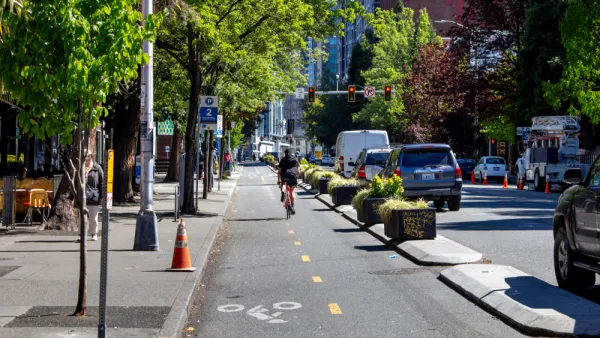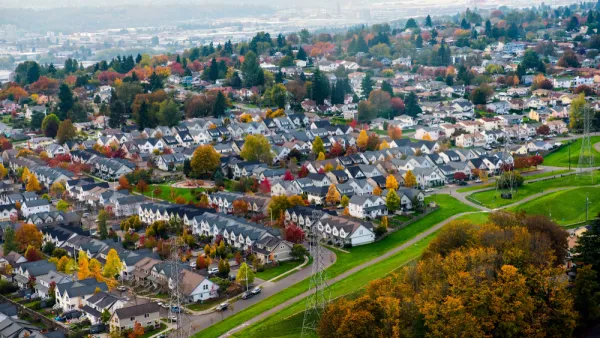With the city getting ready to update its comprehensive plan, one writer examines some models for improving affordability, accessibility, and community in Seattle.

“The reality of cities is that they are alive,” writes Natalie Bicknell Argerious in The Urbanist. “Cities, and the neighborhoods within them, are not fixed to a single moment in time or population of people. They grow and change as the waves of people who inhabit them age, move, take root, and die.” On the heels of a New York Times article asking a similar question about that city, Bicknell Argerious asks of Seattleites, “What do we want this city to be? And who do we want it to belong to?”
Based on a presentation Bicknell Argerious saw put on by University of Washington architecture graduate students, the answer, for those students, was simple: “They wanted the next Seattle to be a city they — a generation currently priced out — could choose to lead a quality life.” Bicknell Argerious notes that the student suggestions fell into four main categories: “increasing affordable housing choices, creating intentional community, maximizing access to green space, and finding creative ways to fill in the gaps in neighborhoods.” The article details the proposals students had for building affordable, mixed-use development that accommodate a variety of household types, businesses, and income levels.
As the city gears up to update its Comprehensive Plan, the author writes, now is the time for Seattleites to make their voice heard on issues of housing, zoning, land use, and their general vision for the future of their city.
FULL STORY: What Do We Want From Our Next Seattle?

Analysis: Cybertruck Fatality Rate Far Exceeds That of Ford Pinto
The Tesla Cybertruck was recalled seven times last year.

National Parks Layoffs Will Cause Communities to Lose Billions
Thousands of essential park workers were laid off this week, just before the busy spring break season.

Retro-silient?: America’s First “Eco-burb,” The Woodlands Turns 50
A master-planned community north of Houston offers lessons on green infrastructure and resilient design, but falls short of its founder’s lofty affordability and walkability goals.

Test News Post 1
This is a summary

Analysis: Cybertruck Fatality Rate Far Exceeds That of Ford Pinto
The Tesla Cybertruck was recalled seven times last year.

Test News Headline 46
Test for the image on the front page.
Urban Design for Planners 1: Software Tools
This six-course series explores essential urban design concepts using open source software and equips planners with the tools they need to participate fully in the urban design process.
Planning for Universal Design
Learn the tools for implementing Universal Design in planning regulations.
EMC Planning Group, Inc.
Planetizen
Planetizen
Mpact (formerly Rail~Volution)
Great Falls Development Authority, Inc.
HUDs Office of Policy Development and Research
NYU Wagner Graduate School of Public Service




























